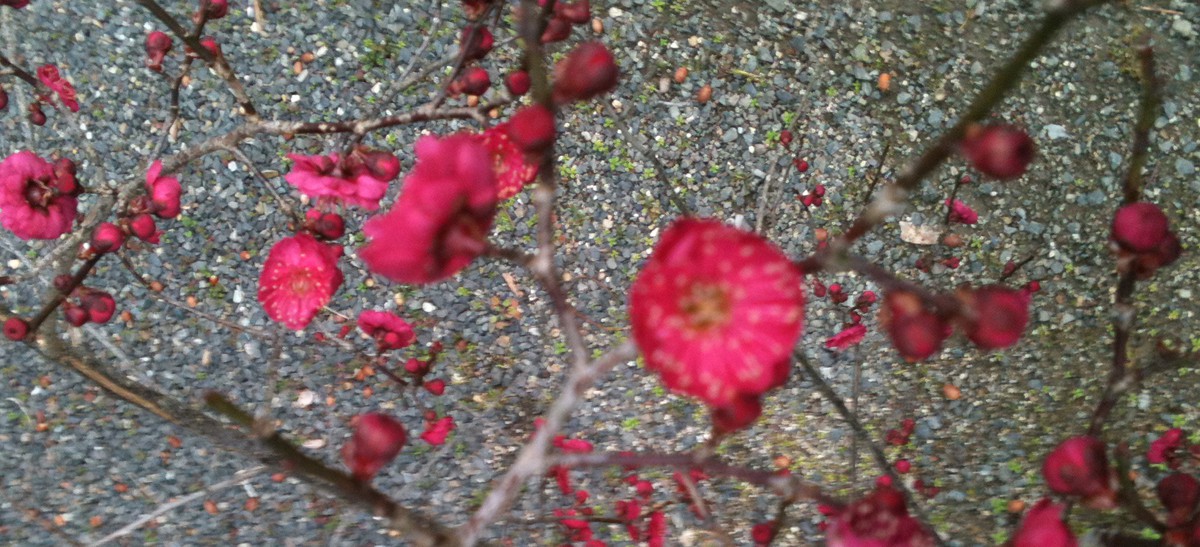Qigong

Qi Kung is an ancient system of energetic exercises, not so much directed at the visible results as is normal in western systems but directed at harmonising and strengthening the internal mental and physical state of the practitioner.
It is considered the ‘mother of all martial arts’, not so much for its martial approach of self defence or combat but based on the fact that all martial arts are founded on QI Kung’s original principals.
These include: ‘grounding’, meaning developing a ‘rooted’ posture with firm but flexible contact with the earth.
The balance between front and back, inside and outside, left and right, up and down.
Movement that is synchronised with breathing.
Posture and movement maintained by the minimum of muscular strength, shifting to more inner or energetic impulse.
Division inside the body of the ‘active’ (Yang) part, and the ‘quiet’ (Yin) part to maximise strength and sustainability.
Although it is a discipline and needs regular practice, it has an easy and fast growing curve with almost immediate effect on energy levels, physical strength, concentration ability and wellbeing.
In the oldest text about Acupuncture the ‘Nei Jing Su Wen’ (about three thousand years old), it states:
‘Those who are habitually without disease help to train and to adjust those who are sick, for those who treat should be free from illness. Therefore they train the patient to adjust his breathing and in order to train the patient they act as example’.
This text makes it clear that in ancient times the doctors acted as Qi Kung trainers, something that up until today is still a widespread practice in many hospitals in China.
 Marcus Van Slageren
Marcus Van Slageren